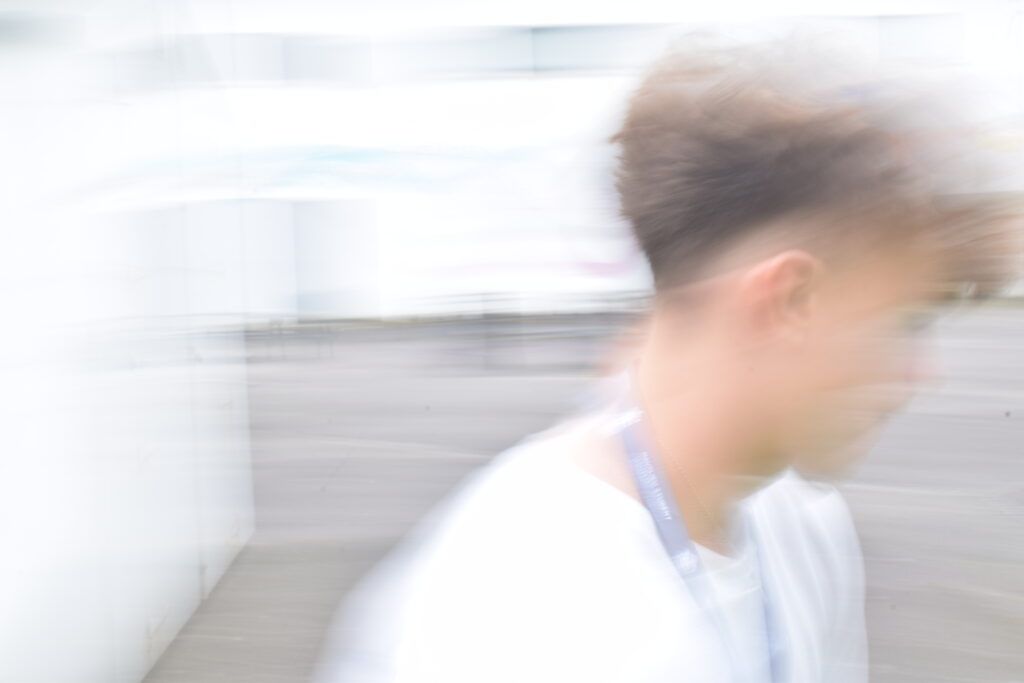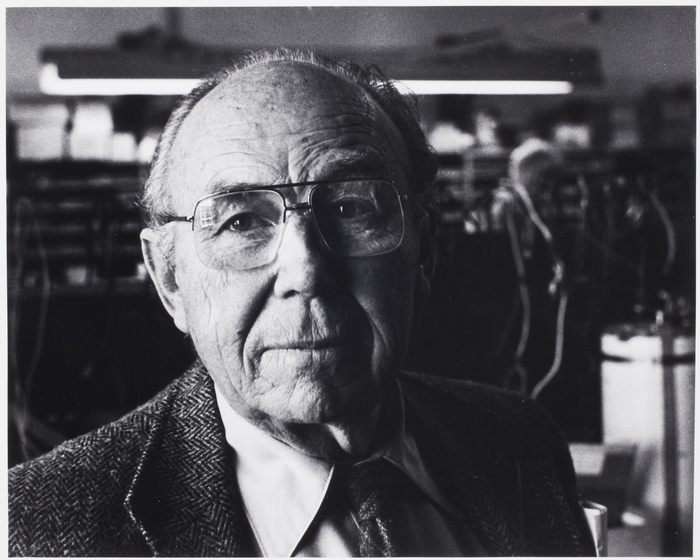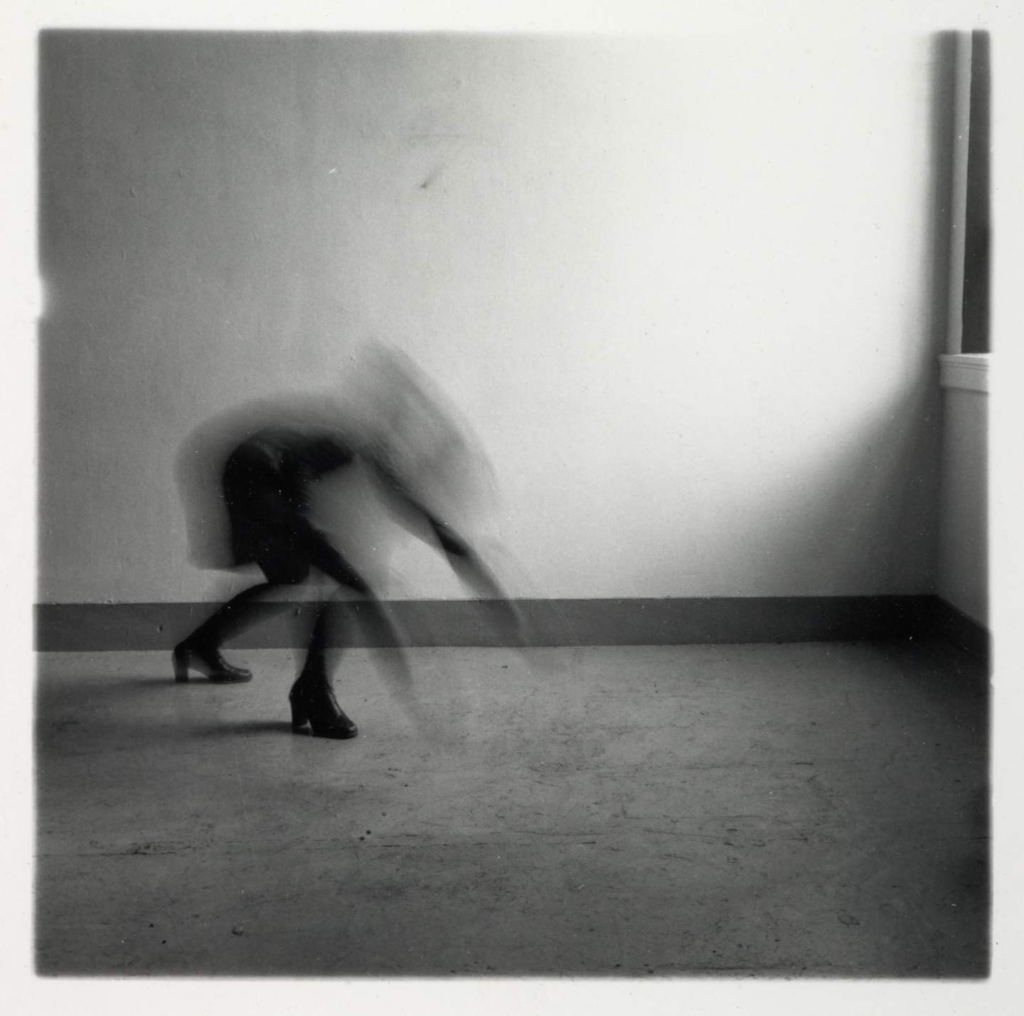Shutter speed is the amount of time in which the shutter is open. The longer the shutter is open the more light is let into the lens. Lower shutter speeds are used for low light scenarios as the lower the shutter speed the longer the shutter is open and therefore, the more light is let into the frame.


Faster shutter speeds are used for subjects in fast motion for example a car. Slower shutter speeds are used for subjects in slower motion like taking photos of the stars in the sky.


These two two photos are taken using a very different shutter speed. The first photo is taken using a very fast shutter speed as it shows the stars set still. The second photo uses a shutter speed of just over three hours. This very slow shutter speed allows the camera to capture the stars in motion as they move over the three hours. – Estimate for shutter speed of first photo: 25-50.
Experimenting with shutter speed

This photo was taken using a lower shutter speed around 1/30. This low shutter speed makes the image in blurry as the subjects are moving when the photo was taken. If this was taken with a high shutter speed like 1/250 then it would be a clear, still image.













These photos wer taken with a really low shutter speed around 1/4-1/15. This is very low shutter speed makes the image extremely blurry, so bad that half of the persons head is missing in the large photo. This very low shutter speed means that the shutter is open for a longer period of time which not only lets more light in but it means that the camera is trying to capture the image while in motion for that whole duration of time, this is why the image comes out very blurry.

In this photo, we were trying to capture 3 balls thrown in the air in a straight line. Since the balls are falling through the sky in motion, we needed to use a high shutter speed around 1/250 to create a clear image of the moving subject. This high shutter speeds works because the shutter is open for a shorter period of time, this not only lets less light in because its open for less time, but this means that the image is captured in a still clear motion.
Artists who experimented with shutter speed
Eadweard Muybridge
Eadweard Muybridge was a pioneering photographer and motion picture inventor in the late 19th century, best known for his ground-breaking work in capturing movement through sequential photography. His most famous project involved a series of images of a galloping horse, which he created in 1878 to settle a bet about whether all four hooves left the ground during the horse’s stride. Muybridge used a series of 12 cameras, each triggered by the horse’s movement, to capture the motion in a way that revealed the fluidity of motion previously unseen.


Muybridge’s experiments with shutter speed and rapid photography not only advanced the art of photography but also laid the groundwork for the development of motion pictures. By manipulating shutter speed, he was able to freeze moments in time, allowing viewers to analyze motion in ways that had profound implications for both science and art. His work influenced future filmmakers and artists, and his innovative techniques are still relevant in modern photography and cinematography.
Harold Edgerton
Harold Edgerton was an American engineer and photographer renowned for his pioneering work in high-speed photography. His innovative use of strobe lighting allowed him to capture rapid events, such as a bullet piercing an apple or a dancer in mid-leap, with extraordinary clarity. Edgerton’s techniques revealed details of motion that were previously impossible to see, pushing the boundaries of photographic technology and artistry.



His contributions to the field extended beyond artistic pursuits; Edgerton’s work had practical applications in various scientific and engineering disciplines. By using high-speed photography to study dynamic phenomena, he helped improve understanding in fields ranging from ballistics to fluid dynamics. His iconic images not only captivated the public but also laid the groundwork for advancements in both photography and experimental science, solidifying his legacy as a pioneer of visual exploration.
Hiroshi Sugimoto

Hiroshi Sugimoto is a Japanese photographer known for his meditative and thought-provoking images that explore the intersection of time, memory, and perception. His most famous series, “Theaters,” captures the interiors of old movie houses in a long exposure that blurs the line between past and present, creating a surreal sense of nostalgia. Sugimoto’s meticulous approach to composition and lighting allows him to transform mundane spaces into timeless reflections, inviting viewers to contemplate the passage of time.

In addition to “Theaters,” Sugimoto’s work spans various series, including “Seascapes” and “Dioramas,” where he investigates natural and artificial environments. His use of traditional photographic techniques, combined with a philosophical inquiry into the nature of reality, challenges the viewer’s understanding of both photography and existence. Through his art, Sugimoto encourages a deeper engagement with the world, revealing layers of meaning in seemingly simple subjects.

Diorama – Hiroshi Sugimoto
Francesca Woodman

Francesca Woodman was an influential American photographer known for her evocative black-and-white images that often explored themes of identity, femininity, and the passage of time. Her work frequently featured herself and other female figures, captured in haunting, ethereal compositions that blurred the lines between presence and absence. Woodman’s innovative use of long exposure and soft focus created a dreamlike quality, allowing her to express emotional depth and vulnerability in ways that resonated powerfully with viewers.

Tragically, Woodman’s career was cut short by her untimely death at the age of 22, yet her body of work has had a lasting impact on contemporary photography. Despite her brief life, she produced a significant number of striking images that have inspired generations of artists and photographers. Woodman’s exploration of self and the human condition continues to provoke thought and discussion, cementing her legacy as a key figure in the realm of conceptual and feminist photography.